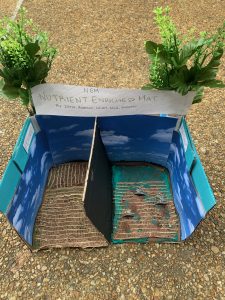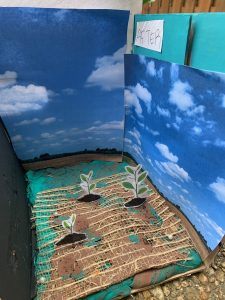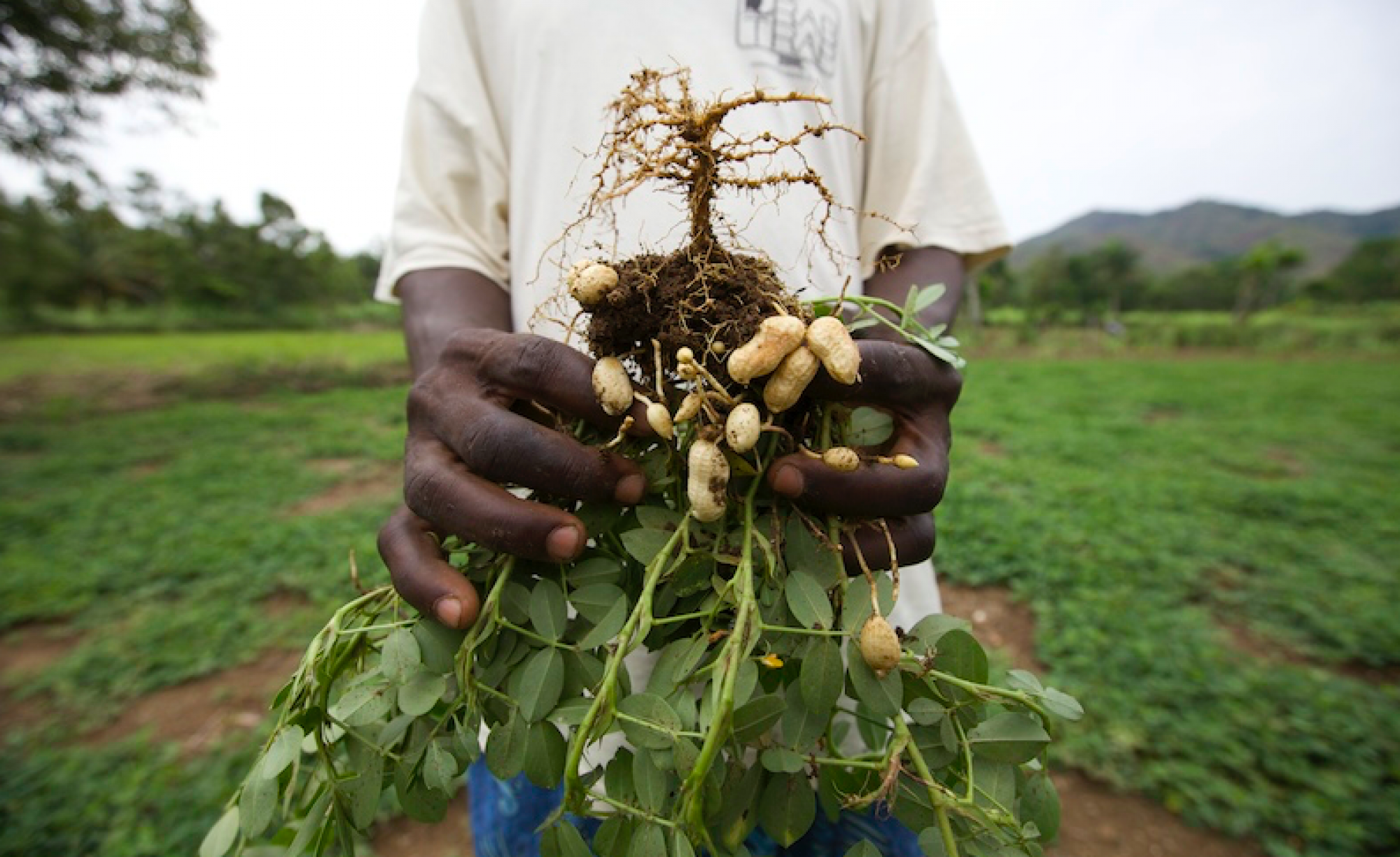Food insecurity in Haiti has been a major public health issue the nation has dealt with for many years. The difficultly that the Haitian government and organizations face in addressing the issue of food insecurity is that there are multiple factors that contribute to the growing problem, as well as, its different effects on families and individuals. Some of the main reasons that people experience food insecurity in Haiti is due in part to poverty, over half the population lives on less than $2 or $1 a day, effects of natural disaster and extreme weather on the climate and land, and lack of the necessary resources of clean water and sanitation systems (World Food Program [WFP], n.d.). The issue of food insecurity in Haiti has resulted in many of its people experiencing hunger, around 40% of Haitian households were under or malnourished (United States Agency for International Development [USAID], n.d.).
Food insecurity is the result of a lack of food available to sustain a nation’s population. Haiti’s population currently stands at around 11 million people, with a median age of 23 (Worldometers, n.d.). Most of the Haitian population occupy the urban areas over the rural areas (Worldometer, n.d.).Recent natural disasters and extreme weather events, such as the 2010 earthquake, consecutive years of drought, flooding, hurricanes, landslides, and so forth have only severed to worsen the food condition of Haiti (WFP, n.d.). However, outside forces are not the only contributors to the decline in agricultural production in Haiti over a 30-year period (USAID, n.d.). Many small agricultural workers and farmers participate in poor, non-sustainable farming practices that has led to the degradation of the soil in many rural areas around the country (Barguot & Raizada, 2013). The reduction in agricultural production has resulted in many individuals unemployed because agriculture has been the main source of economic production for the nation and a high reliance on imported food (Encyclopaedia Britannica, n.d.).



